A Japanese Tea Room Perched Atop a Rooftop
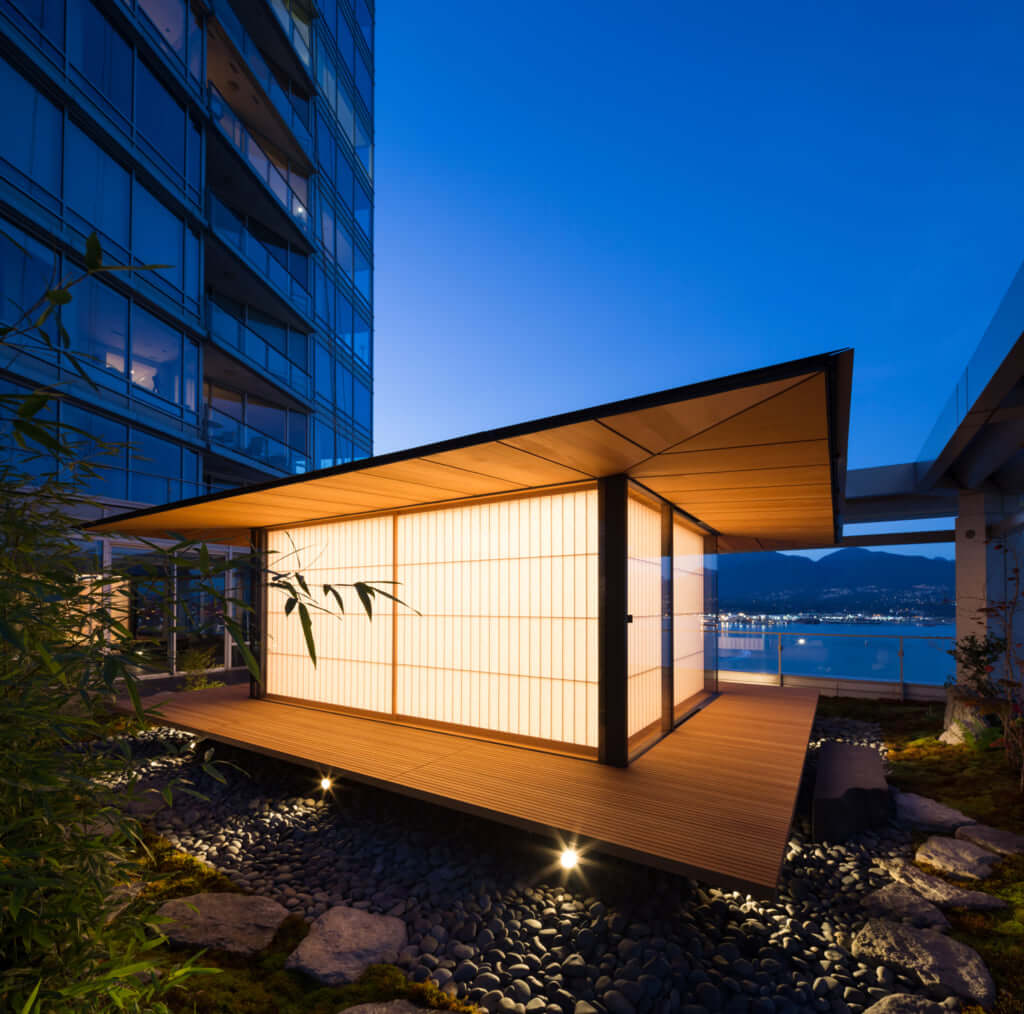
Vancouver Tea Room, an architectural creation by Kengo Kuma, is, as the name suggests, a very traditional teahouse, with its tatami floor and wooden structure. However, the architect has broken with traditional Japanese codes by having installed it on the terrace of an apartment on the 19th floor of a building in the heart of a lively part of Vancouver.
The building, in keeping with the minimalist style of its creator, is timeless, right in the heart of the excitement of the city. This tea house, covering approximately 40 square meters, was conceived as a rest area where tea ceremonies can be held, far from the tranquility of Japanese gardens or temples, but offering a splendid view of Vancouver Bay and the surrounding mountains.
‘The tea house is a transition from a dense urban environment to an almost spiritual realm’, says Michael Sypkens, one of the architects in charge of the project at Kengo Kuma & Associates. ‘It’s a surreal hybridisation’.
Local materials
While the inspiration is obviously Japanese, Kengo Kuma’s architectural firm wanted to use local materials for the construction and layout of the building. Therefore, rather than importing Japanese cedar for outdoor trellises, these were built with Douglas fir, grown locally. The moss and stones used for landscaping also come from the Vancouver area.
As for the interior, all the traditional Japanese codes are respected: shoji washi paper and tatami flooring. A perfect setting for tea ceremonies in the heart of Canada.
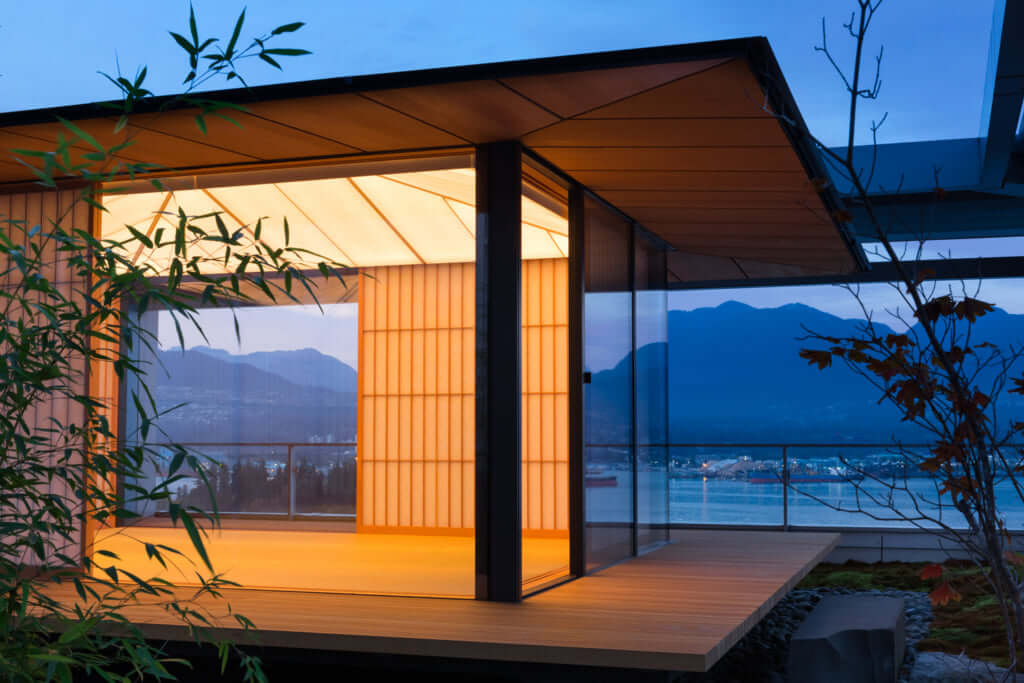
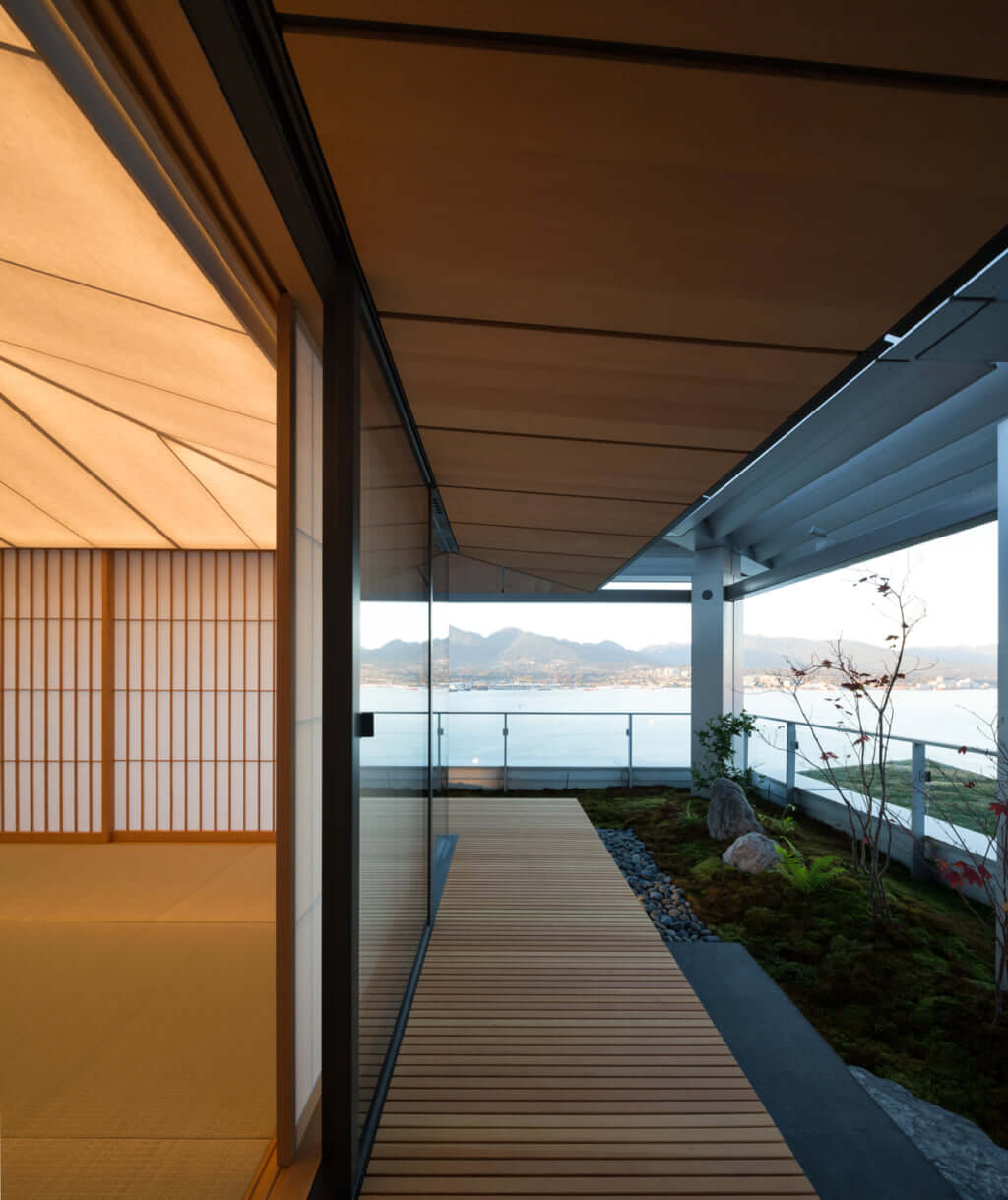
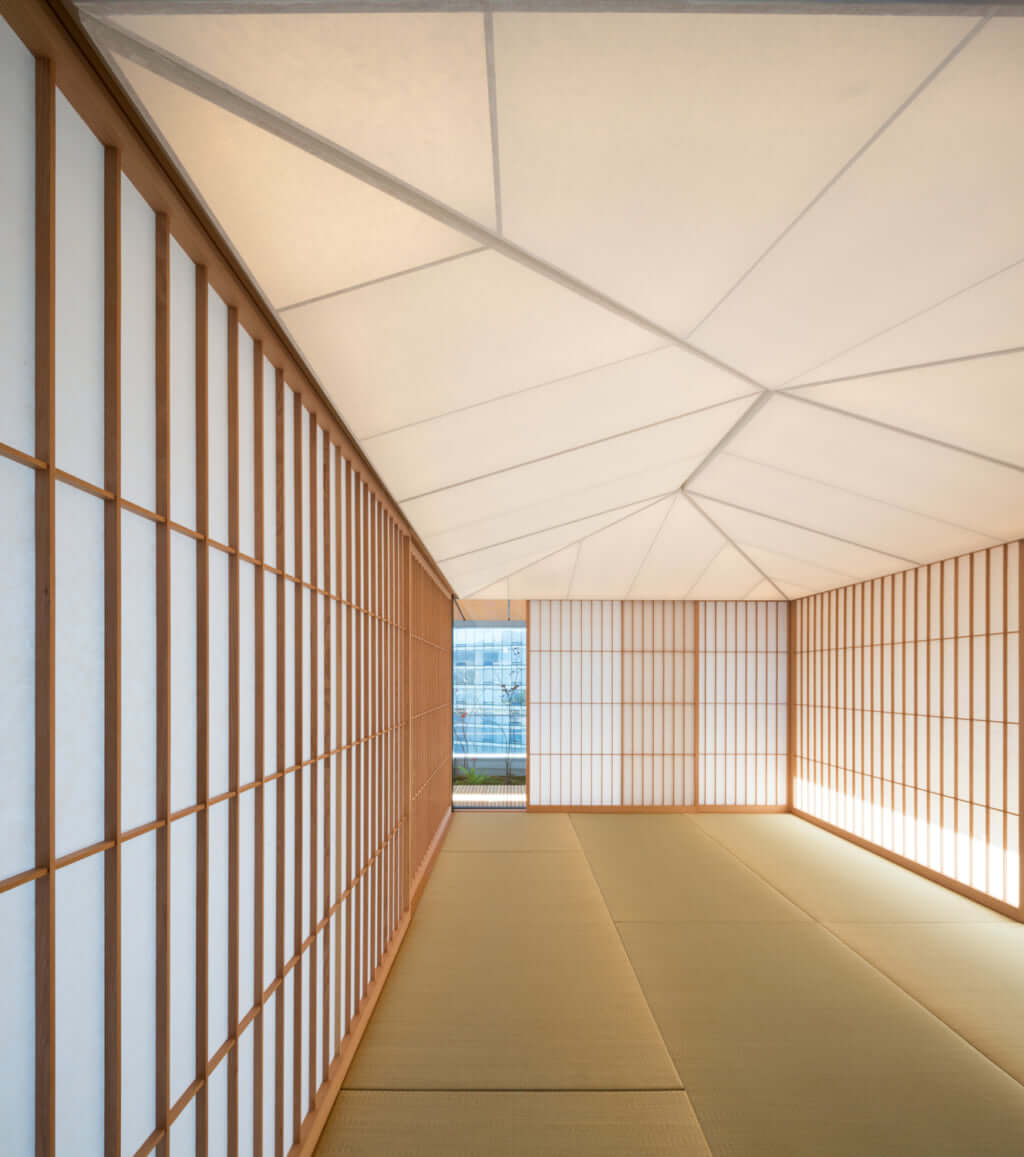
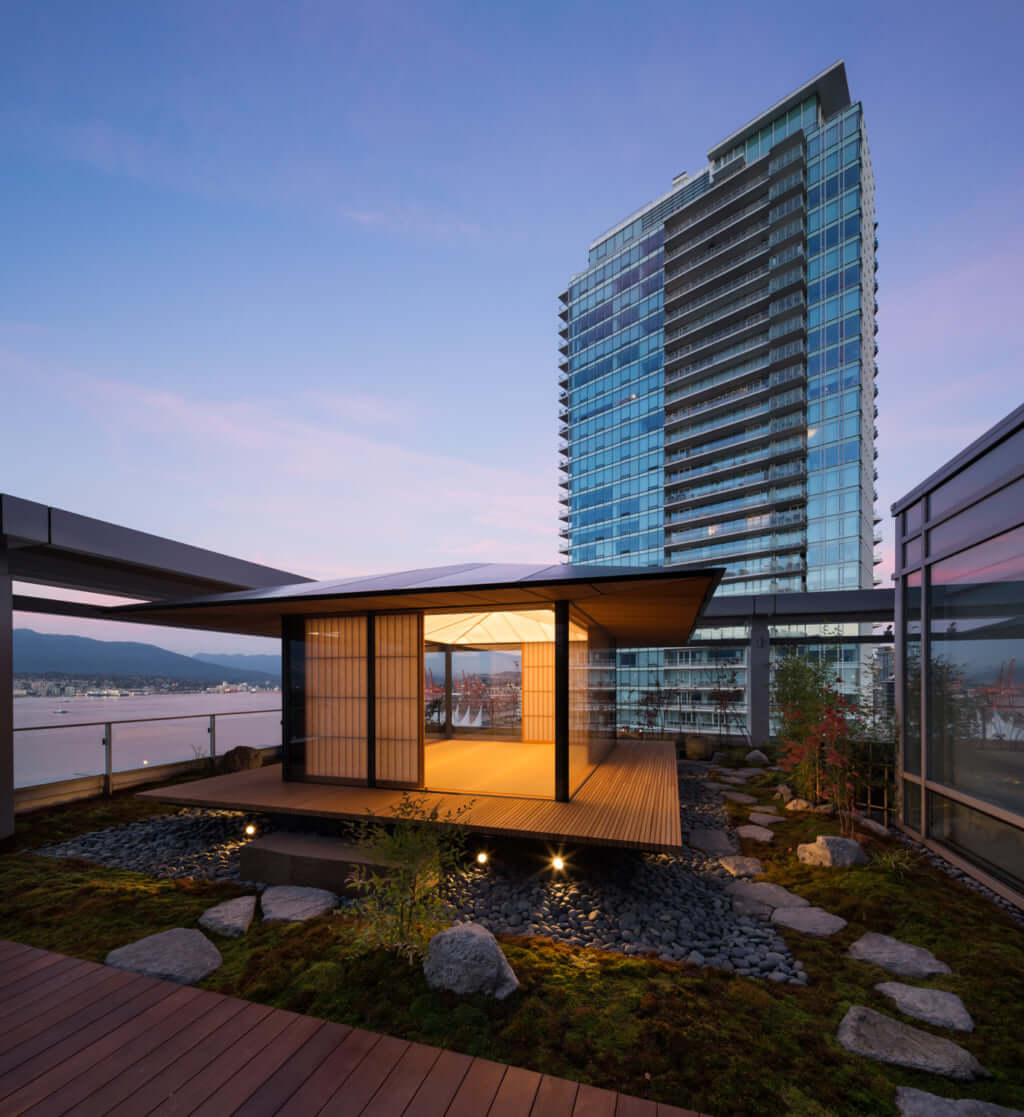
TRENDING
-
Paris, Tokyo: Robert Compagnon
With his co-chef and talented wife, Jessica Yang, Robert Compagnon opened one of the top new restaurants in Paris: Le Rigmarole.
 3:31
3:31 -
The Sources and Secrets of Japanese Tattooing
During their journey through tattooing across the world, the French authors met one of the last tebori masters in Japan.

-
Love Wrapped Up by Haruhiko Kawaguchi
Japanese artist Haruhiko Kawaguchi, or Photographer Hal, takes on his series 'Flesh Love' photographs of couples wrapped up against one another.

-
Brutal Ceramics: Ceramics in its Pure Form
The range offered by Estelle at Brutal Ceramics is as eclectic and sharp as the creator of the online shop is passionate about craftsmanship.

-
Paris, Kyoto: Kohei Nawa
The Japanese sculptor Kohei Nawa talks us about his monumental work Throne currently displayed under the Pyramid of the Musée du Louvre in Paris.
 3:26
3:26




